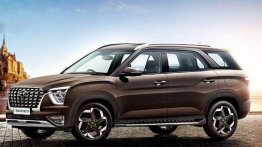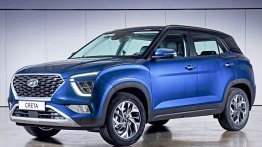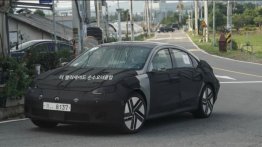The regular Hyundai Kona is not reaching the Indian market anytime soon, but its pure electric variant will. According to a report from The Economic Times, the company will launch the Hyundai Kona EV in India in 2019.
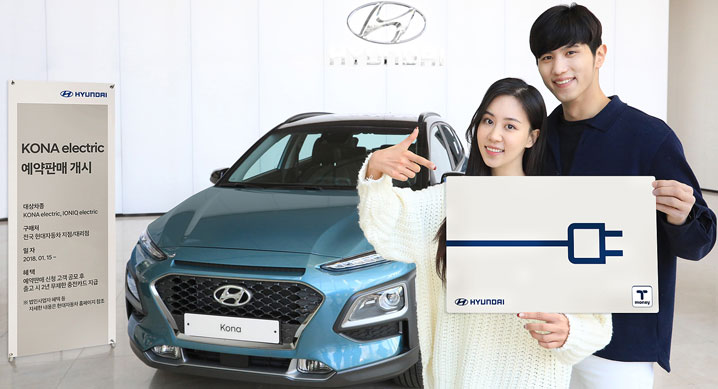
Other than the steep pricing and the lack of charging infrastructure, another demotivating factor for buying currently available EVs in India is a lack of options, especially from the mainstream brands. That could change soon with the Hyundai Kona Electric EV. Hyundai will locally assemble it from CKD kits imported from Ulsan, South Korea, at the Chennai plant. The development was confirmed by Y K Koo, MD & CEO, Hyundai Motor India. Depending on the market response, the company will consider local manufacturing at a later stage, but that will take time.
The Hyundai Kona Electric measures 4,165 mm in length, 1,800 mm in width and 1,550 mm in height. It has a 2,600 mm wheelbase. The pure electric variant will have some exterior design differences, along with an exclusive body colour. Inside, it will incorporate a 7-inch colour driver information display to differentiate itself from the petrol- and diesel-powered Hyundai Kona.
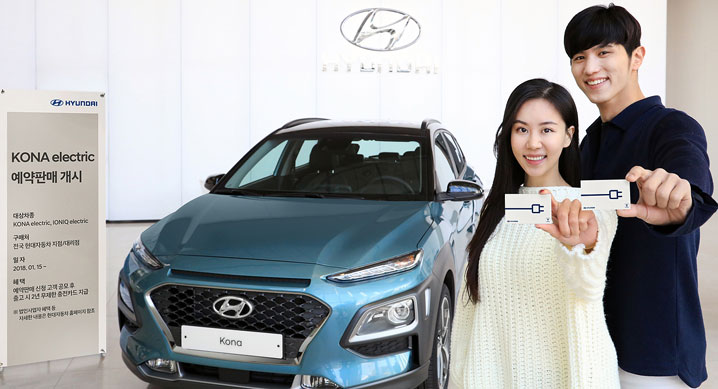
Also See: 2018 Hyundai i20 (facelift) spied up close in South Korea
The Hyundai Kona Electric is already available to pre-order in South Korea, where the market launch will take place by June this year. It is powered by a 140 kW (204 PS) electric motor. Hyundai offers it with two different packs: 39.2 kWh and 64 kWh. With the smaller battery pack, the pure electric SUV offers a driving range of 240 km, while with the bigger battery pack, the same number increases to 390 km. In India, Hyundai could initially offer the 39.2 kWh battery pack to keep the pricing as low as possible.
[Source: The Economic Times]













